Whether you’re cleaning a deck, scrubbing down a car or simply washing the driveway, a pressure washer makes light work of outdoor surfaces and other items that could be tough to clean by hand. The machine uses a gas or electric motor to power a pump that forces water at high pressure through a nozzle. The resulting blast washes away accumulated grime and loosens stuck-on dirt, such as tar, oil or gum. And because it’s so quick, you can cover a lot more surface area than if you were using a scrub brush or hose attachments alone.
Depending on the type of surface and how dirty it is, you might need a different level of pressure. A basic, household-rated model, like the Karcher K2 Basic for around PS100, is fine for most domestic tasks like rinsing down garden furniture or washing bikes. But if you’re after something with more oomph, look for a medium-duty unit that’s capable of around 2,000 to 3,200 psi and 2.3 to 3.2 GPM, such as the Ryobi RY8022.
Both electric and gas-powered models are available, with the latter ideal for larger or more demanding tasks. Both plug into a standard outlet and supply tap water through the hose connector, with some able to heat the water for added strength. But you’ll need to be careful not to use a gas-powered unit in an enclosed space because the engine exhaust can be dangerous and even deadly.
Before you start spraying, it’s worth taking the time to prepare the area. Remove plants and move patio furniture out of the way, sweeping away any large debris that could become projectiles as you work. If you’re working close to the house or garage, shut off exterior outlets and cover any items that could get sprayed, such as air conditioning units or outdoor lights. It’s also worth relocating any items that could be damaged by the force of the water, such as potted plants or lawn ornaments.
Once you’re ready to begin, lock the trigger and point the nozzle away from you. Start by spraying in a corner or on the ground to test the level of pressure and make sure it won’t damage the surface you’re cleaning. Choose a lower setting first, then gradually increase it as you move along the surface. When in doubt, err on the side of caution and keep the nozzle about four feet away from the surface to avoid over-saturating or damaging it.
After each use, clean debris and oil off the unit and store it in a dry, well-ventilated area with the fuel tank and accessories properly stowed away. Always refer to the manufacturer’s instructions and safety guidelines for more information about how to care for your pressure washer. And if you’re storing the machine for longer periods, remember to add a fuel stabilizer to the tank. That should extend its life and keep it running smoothly for years to come. The Stihl RE100 was easy to set up and use, with a good range of nozzles, a sturdy handle and convenient storage features, but the choice of power settings wasn’t quite as varied as I’d have liked. The Yard Force EW U15 is quiet and stable, with easy to access hose reel and excellent storage, but it’s slightly heavier to lift.
